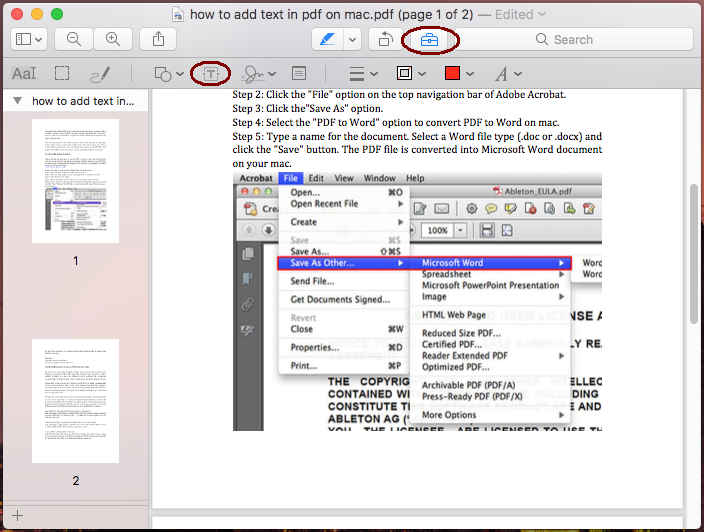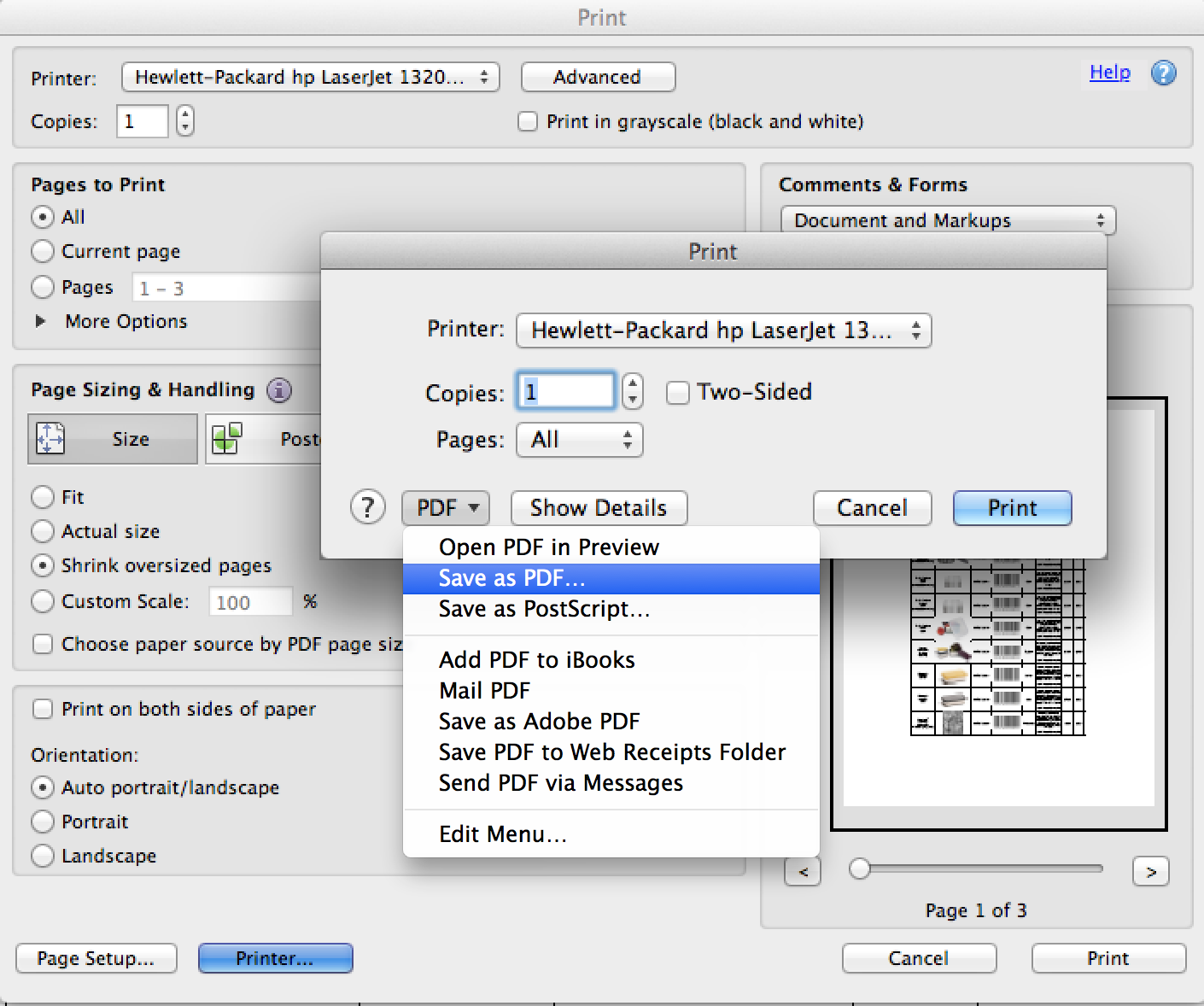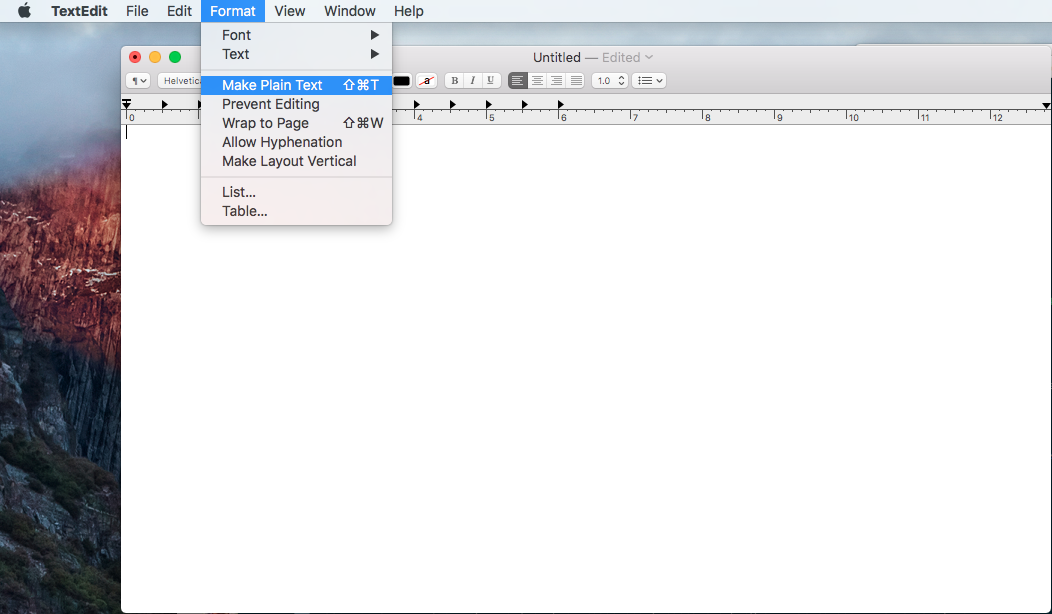

So where is this file going? Are you setting it in an unchanging location, or will it be dependent on something else? If you know the file will be going in the same place every time, click where it says “Shortcuts” and then hit “Replace” in the drop-down. The final product (minus the location being set) This is a plain text file, so you won’t be able to add anything like bold or underlined text, but you can write multiple lines in the box so that it’s more readable.

Now in that box you can type the text you want in the text file. Once you’ve found it double click or drag it into the workspace. Its icon is a default yellow text action icon.

Go to the Action Library in the sidebar, look for the “Text” action. Open up the Shortcuts app and make a new Shortcut (or open the one you’re working on. Apple’s own iWork and third-party tools like BBEdit are 2 examples of this. txt files and PDF’s, but if you want other file types, you’ll need to install other document apps that can plug into Shortcuts. One thing to note is that on its own, Shortcuts can’t create that many different file types. This will work the same way using the Shortcuts app on your iPhone or iPad as it will on your Mac. I’ll show you some other settings along the way in case you want to tweak this yourself. txt text file out of that text, and save that file to a particular location. What we’re going to do is have Shortcuts write some text, make it create a. In the case the user mentioned, they might want to have a little “Read Me” text file in a nested folder structure they create to act as instructions or guidelines for clients. And be sure to check out that video if you haven’t. This was a request by the user Jahankykong in a comment on my video on how to make Nested Folders with Siri Shortcuts, so shoutout to them.


 0 kommentar(er)
0 kommentar(er)
